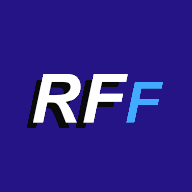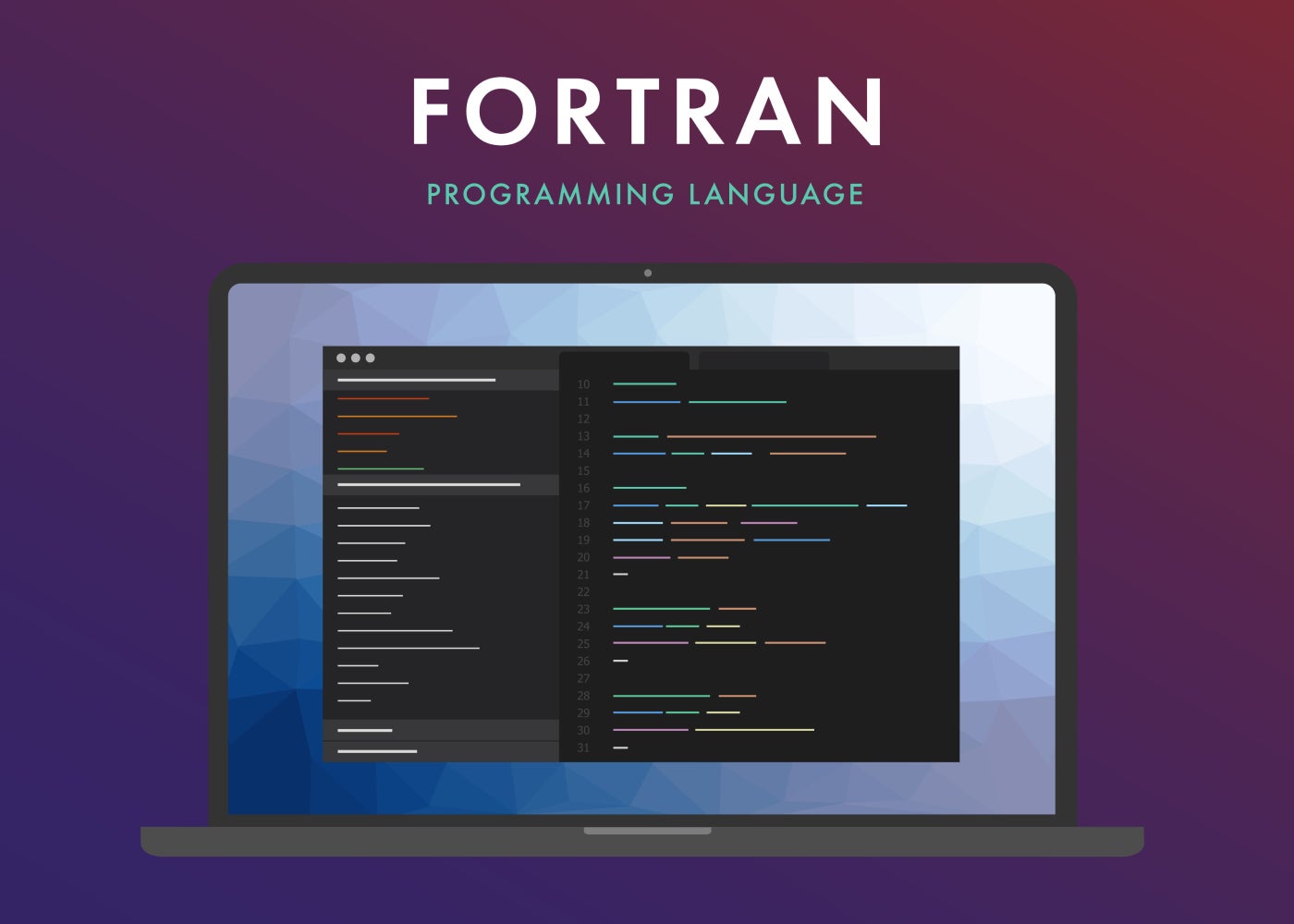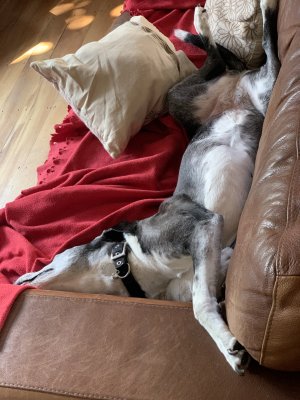Custom DNG processor the the Leica M8, shooting RAW mode and using M8RAW2DNG to produce 14-bit pixels.
Use a Red or Orange filter to eliminate Blue from the image. The Blue channel gets IR only, about 5%~10% efficiency.
Use Histogram Equalization to boost the Blue and Green channels to the same level as Red.
14-bit pixels allow this kind of boost, the crappy 8-bit DNG would look like a contour map.
Swap channels using Tags. Lightroom understands the Tag swap, but most raw processors do not.




SUBROUTINE COLORMOSAIC( IMAGE, COLUMNS, ROWS)
IMPLICIT NONE
C IMAGE GENERATED USING EQUALIZATION.
C 1) COMPUTE HISTOGRAM FOR ALL THREE CHANNELS.
C 2) INTEGRATE ARE UNDER HISTOGRAM AND NORMALIZE.
C 3) EQUALIZE BLUE AND GREEN TO RED.
INTEGER* 4 COLUMNS, ROWS
INTEGER* 2 IMAGE( COLUMNS, ROWS)
INTEGER* 4 COLUMN, ROW
C+++ BEGIN DOS I/O FUNCTION CODES.
INTEGER* 4 MAXPIXEL
PARAMETER ( MAXPIXEL= Z'3FFF')
C HISTOGRAM. STRONGEST WILL BE SET THE THE CHANNEL THAT IS THE FIRST TO
C REACH A THRESHOLD
REAL* 8 INTEGRATION_CUTOFF
PARAMETER ( INTEGRATION_CUTOFF= 0.95D0)
INTEGER* 4 BLUECHANNEL, GREENCHANNEL, REDCHANNEL
PARAMETER ( BLUECHANNEL= 1, GREENCHANNEL= 2, REDCHANNEL= 3)
INTEGER* 4 HISTOGRAM( 0: MAXPIXEL, 3)
INTEGER* 4 BLUEHIST( 0: MAXPIXEL), GREENHIST( 0: MAXPIXEL)
INTEGER* 4 REDHIST( 0: MAXPIXEL), CUTOFF( 3), STRONGEST
EQUIVALENCE ( HISTOGRAM( 0, BLUECHANNEL), BLUEHIST)
EQUIVALENCE ( HISTOGRAM( 0, GREENCHANNEL), GREENHIST)
EQUIVALENCE ( HISTOGRAM( 0, REDCHANNEL), REDHIST)
C INTEGRATE THE CURVE.
REAL* 8 IMAGETOTAL( 0: MAXPIXEL, 3)
REAL* 8 BLUETOTAL( 0: MAXPIXEL), GREENTOTAL( 0: MAXPIXEL)
REAL* 8 REDTOTAL( 0: MAXPIXEL)
EQUIVALENCE( IMAGETOTAL( 0, BLUECHANNEL), BLUETOTAL)
EQUIVALENCE( IMAGETOTAL( 0, GREENCHANNEL), GREENTOTAL)
EQUIVALENCE( IMAGETOTAL( 0, REDCHANNEL), REDTOTAL)
C MAP BLUE TOTALS TO GREEN TOTALS, SHOULD EQUALIZE THE HISTOGRAM.
REAL* 8 GAINCURVE( 0: MAXPIXEL)
INTEGER* 2 BYTES, HANDLE, STATUS, LENGTH, EXCHANGE
REAL* 8 SUMGREEN, SUMBLUE, AVERAGE_GREEN, AVERAGE_BLUE, GAIN
INTEGER* 4 PIXELS, MINBLUE, MINGREEN, MAXBLUE, MAXGREEN
INTEGER* 4 MINRED, MAXRED
INTEGER* 4 I, J, K, L
C FORTRAN METHOD OF GETTING LOW-ORDER WORD FROM A 32-BIT VALUE.
INTEGER* 4 BIGVALUE
INTEGER* 2 VALUE( 2)
C EXTERNALS.
INTEGER* 2 MOD
REAL* 8 DFLOAT, DMIN1
EQUIVALENCE ( BIGVALUE, VALUE)
WRITE( *, *) ' COLUMNS= ', COLUMNS, ', ROWS= ', ROWS
C EQUALIZE BLUE AND GREEN CHANNELS TO RED. CAN CHANGE LATER TO USE
C THE STONGEST CHANNEL.
SUMBLUE= 0.0D0
SUMGREEN= 0.0D0
MINBLUE= 32768
MINGREEN= 32768
MINRED= 32768
MAXGREEN= 0
MAXBLUE= 0
MAXRED= 0
PIXELS= COLUMNS* ROWS
C INITIALIZE ARRAYS.
DO 1 I= 0, MAXPIXEL
BLUEHIST( I)= 0
GREENHIST( I)= 0
REDHIST( I)= 0
BLUETOTAL( I)= 0.0D0
GREENTOTAL( I)= 0.0D0
REDTOTAL( I)= 0.0D0
GAINCURVE( I)= 0.0D0
1 CONTINUE
C COMPUTE HISTOGRAMS AND FIND MAX/MIN OF EACH CHANNEL.
DO 2 J= 2, ROWS, 2
DO 2 I= 2, COLUMNS, 2
BLUEHIST( IMAGE( I, J))= BLUEHIST( IMAGE( I, J))+ 1
GREENHIST( IMAGE( I- 1, J))= GREENHIST( IMAGE( I- 1, J))+ 1
GREENHIST( IMAGE( I, J- 1))= GREENHIST( IMAGE( I, J- 1))+ 1
REDHIST( IMAGE( I- 1, J- 1))= REDHIST( IMAGE( I- 1, J- 1))+ 1
IF( IMAGE( I, J) .LT. MINBLUE) MINBLUE= IMAGE( I, J)
IF( IMAGE( I- 1, J- 1) .LT. MINRED) MINRED= IMAGE( I- 1, J- 1)
IF( IMAGE( I- 1, J) .LT. MINGREEN) MINGREEN= IMAGE( I- 1, J)
IF( IMAGE( I, J- 1) .LT. MINGREEN) MINGREEN= IMAGE( I, J- 1)
IF( IMAGE( I, J) .GT. MAXBLUE) MAXBLUE= IMAGE( I, J)
IF( IMAGE( I- 1, J) .GT. MAXGREEN) MAXGREEN= IMAGE( I- 1, J)
IF( IMAGE( I, J- 1) .GT. MAXGREEN) MAXGREEN= IMAGE( I, J- 1)
IF( IMAGE( I- 1, J- 1) .GT. MAXRED) MAXRED= IMAGE( I- 1, J- 1)
IF( IMAGE( I- 1, J- 1) .LT. MINRED) MINRED= IMAGE( I- 1, J- 1)
2 CONTINUE
C NOW INTEGRATE THE AREA UNDER THE HISTOGRAMS FOR EACH COLOR.
BLUETOTAL( 0)= DFLOAT( BLUEHIST( 0))
GREENTOTAL( 0)= DFLOAT( GREENHIST( 0))
REDTOTAL( 0)= DFLOAT( REDHIST( 0))
CUTOFF( REDCHANNEL)= -1
CUTOFF( BLUECHANNEL)= -1
CUTOFF( GREENCHANNEL)= -1
WRITE( *, *) ' BLUE= ', MAXBLUE, MINBLUE
WRITE( *, *) ' GREEN= ', MAXGREEN, MINGREEN
WRITE( *, *) ' RED= ', MAXRED, MINRED
DO 3 I= 1, MAXPIXEL
BLUETOTAL( I)= BLUETOTAL( I- 1)+ DFLOAT( BLUEHIST( I))
GREENTOTAL( I)= GREENTOTAL( I- 1)+ DFLOAT( GREENHIST( I))
REDTOTAL( I)= REDTOTAL( I- 1)+ DFLOAT( REDHIST( I))
3 CONTINUE
C NORMALIZE THE CURVES.
DO 4 I= 1, MAXPIXEL
BLUETOTAL( I)= BLUETOTAL( I)/ DFLOAT( COLUMNS* ROWS/ 4)
REDTOTAL( I)= REDTOTAL( I)/ DFLOAT( COLUMNS* ROWS/ 4)
GREENTOTAL( I)= GREENTOTAL( I)/ DFLOAT( COLUMNS* ROWS/ 2)
C LOOK FOR THE 95%.
IF( BLUETOTAL( I) .GT. INTEGRATION_CUTOFF .AND.
1 CUTOFF( BLUECHANNEL) .EQ. -1) THEN
WRITE( *, *) 'BLUETOTAL( ', I, ')= ', BLUETOTAL( I)
CUTOFF( BLUECHANNEL)= I
END IF
IF( GREENTOTAL( I) .GT. INTEGRATION_CUTOFF .AND.
1 CUTOFF( GREENCHANNEL) .EQ. -1) THEN
WRITE( *, *) 'GREENTOTAL( ', I, ')= ', GREENTOTAL( I)
CUTOFF( GREENCHANNEL)= I
END IF
IF( REDTOTAL( I) .GT. INTEGRATION_CUTOFF .AND.
1 CUTOFF( REDCHANNEL) .EQ. -1) THEN
WRITE( *, *) 'REDTOTAL( ', I, ')= ', REDTOTAL( I)
CUTOFF( REDCHANNEL)= I
END IF
4 CONTINUE
C ADJUST THE BLUE CURVE TO MATCH RED.
DO 20 J= 1, MAXPIXEL
C FOR EVERY BLUE INTEGRATED TOTAL, FIND THE RED VALUE THAT EXCEEDS IT.
IF( BLUEHIST( J) .GT. 0) THEN
I= 1
5 I= I+ 1
IF( I .LT. MAXPIXEL .AND.
1 BLUETOTAL( J) .GT. REDTOTAL( I)) GO TO 5
GAINCURVE( J)= DFLOAT( I)/ DFLOAT( J)
END IF
20 CONTINUE
C SCALE BLUE CHANNEL TO RED RESPONSE CURVE.
K= MIN0( MINRED, MINBLUE)
DO 35 J= 2, ROWS, 2
DO 35 I= 2, COLUMNS, 2
BIGVALUE= IMAGE( I, J)
BIGVALUE= INT( DFLOAT( BIGVALUE)* GAINCURVE( BIGVALUE))
IF( BIGVALUE .GT. Z'03FFF') BIGVALUE= Z'03FFF'
IMAGE( I, J)= VALUE( 1)
35 CONTINUE
C EQUALIZE GREEN TO RED.
DO 41 J= 1, MAXPIXEL
C FOR EVERY GREEN INTEGRATED TOTAL, FIND THE RED VALUE THAT EXCEEDS IT.
I= 1
42 I= I+ 1
IF( I .LT. MAXPIXEL .AND.
1 GREENTOTAL( J) .GT. REDTOTAL( I)) GO TO 42
GAINCURVE( J)= DFLOAT( I)/ DFLOAT( J)
C WRITE( *, *) ' GAIN( ', J, ')= ', GAINCURVE( J)
41 CONTINUE
K= MIN0( MINRED, MINGREEN)
DO 40 J= 1, ROWS- 1, 2
DO 40 I= 1, COLUMNS- 1, 2
C EXCHANGE BLUE AND RED IF NOT BEING DONE IN THE CFA FILTER PATTERN TAG.
C EXCHANGE= IMAGE( I, J)
C IMAGE( I, J)= IMAGE( I+ 1, J+ 1)
C IMAGE( I+ 1, J+ 1)= EXCHANGE
C GREEN PIXEL ON RG ROW
BIGVALUE= IMAGE( I+ 1, J)
BIGVALUE= INT( DFLOAT( BIGVALUE)* GAINCURVE( BIGVALUE))
IF( BIGVALUE .GT. Z'03FFF') BIGVALUE= Z'03FFF'
IMAGE( I+ 1, J)= VALUE( 1)
C GREEN VALUE OF THE GBGBGBGB ROW.
BIGVALUE= IMAGE( I, J+ 1)
BIGVALUE= INT( DFLOAT( BIGVALUE)* GAINCURVE( BIGVALUE))
IF( BIGVALUE .GT. Z'03FFF') BIGVALUE= Z'03FFF'
IMAGE( I, J+ 1)= VALUE( 1)
40 CONTINUE
WRITE( *, *) ' FINISHED COLORMOSAIC'
RETURN
END
 rangefinderforum.com
rangefinderforum.com
 rangefinderforum.com
rangefinderforum.com
 rangefinderforum.com
rangefinderforum.com
 rangefinderforum.com
rangefinderforum.com
 rangefinderforum.com
rangefinderforum.com
 rangefinderforum.com
rangefinderforum.com













